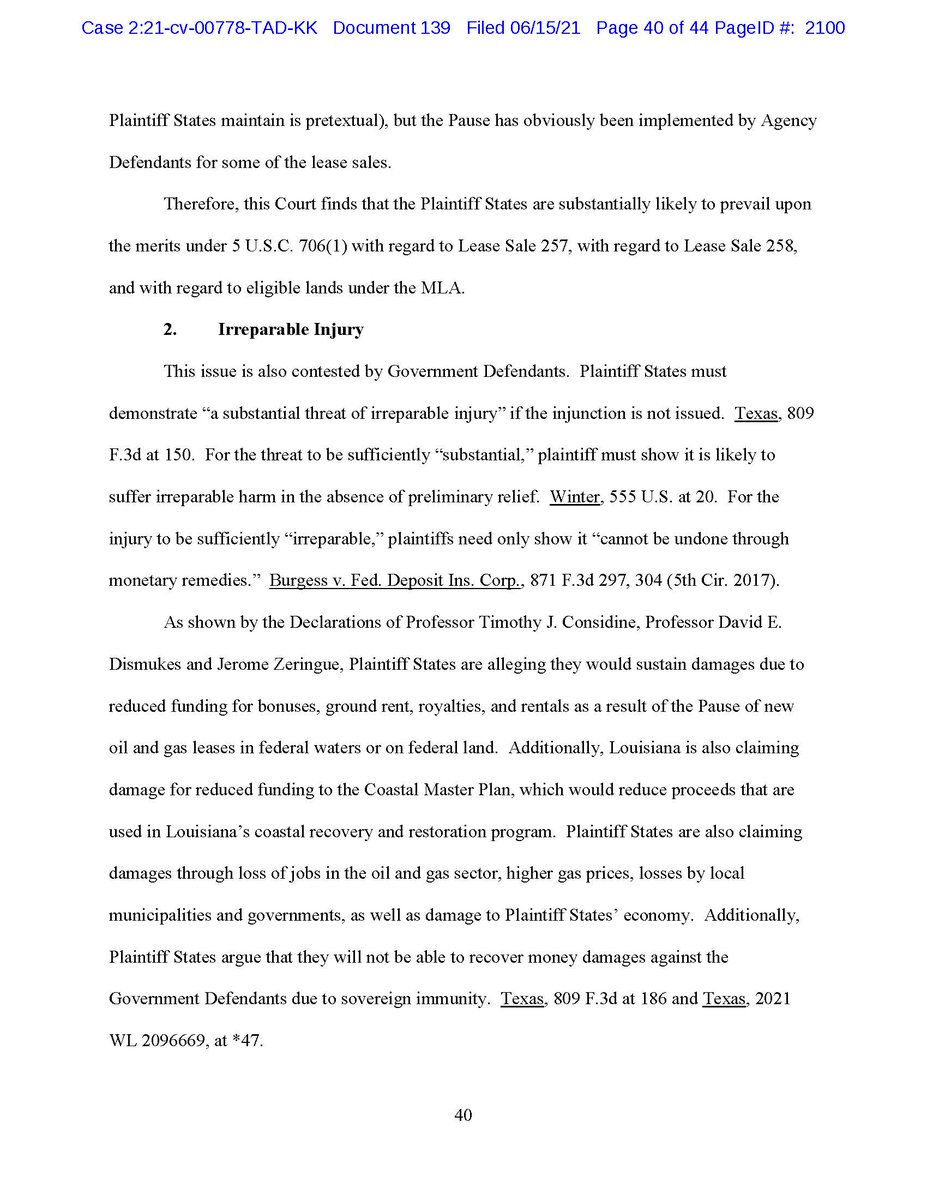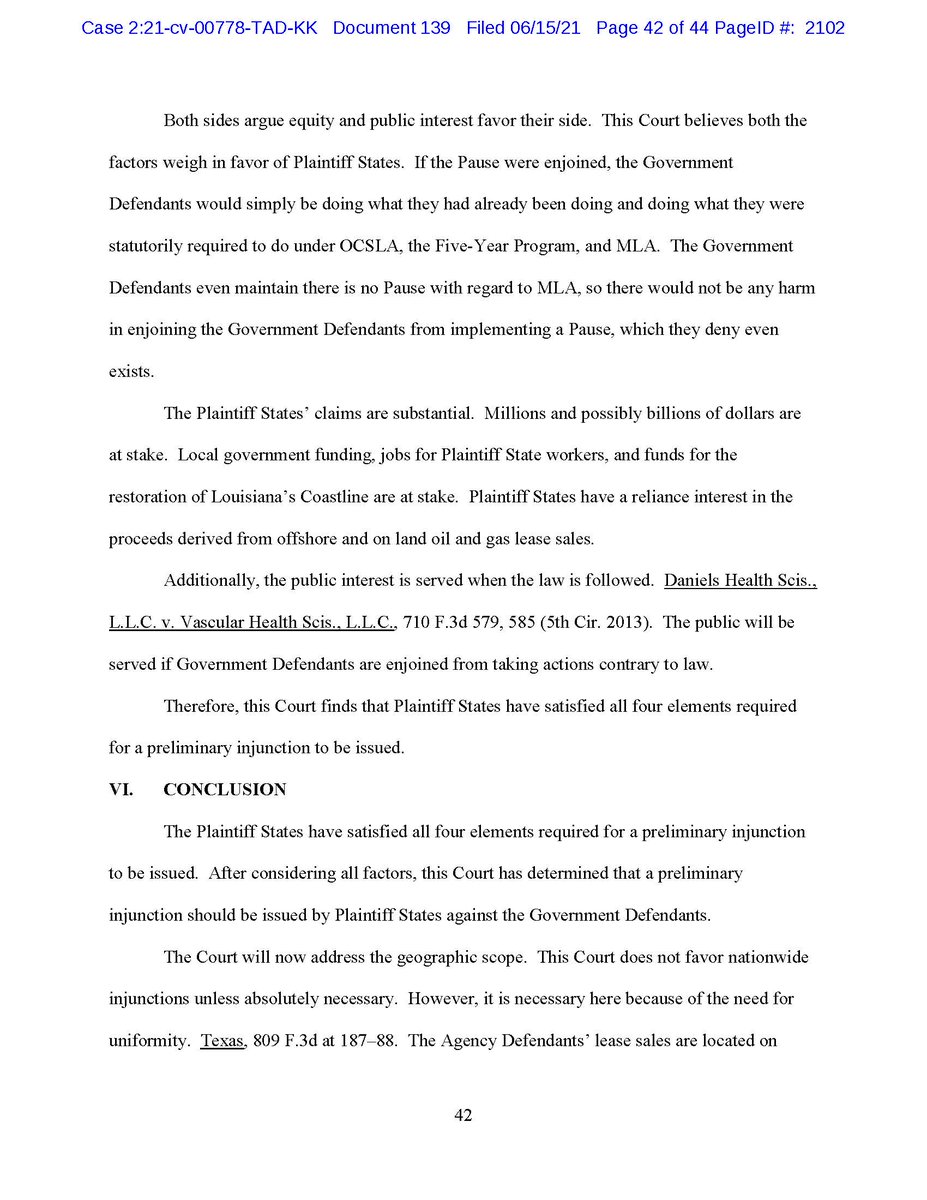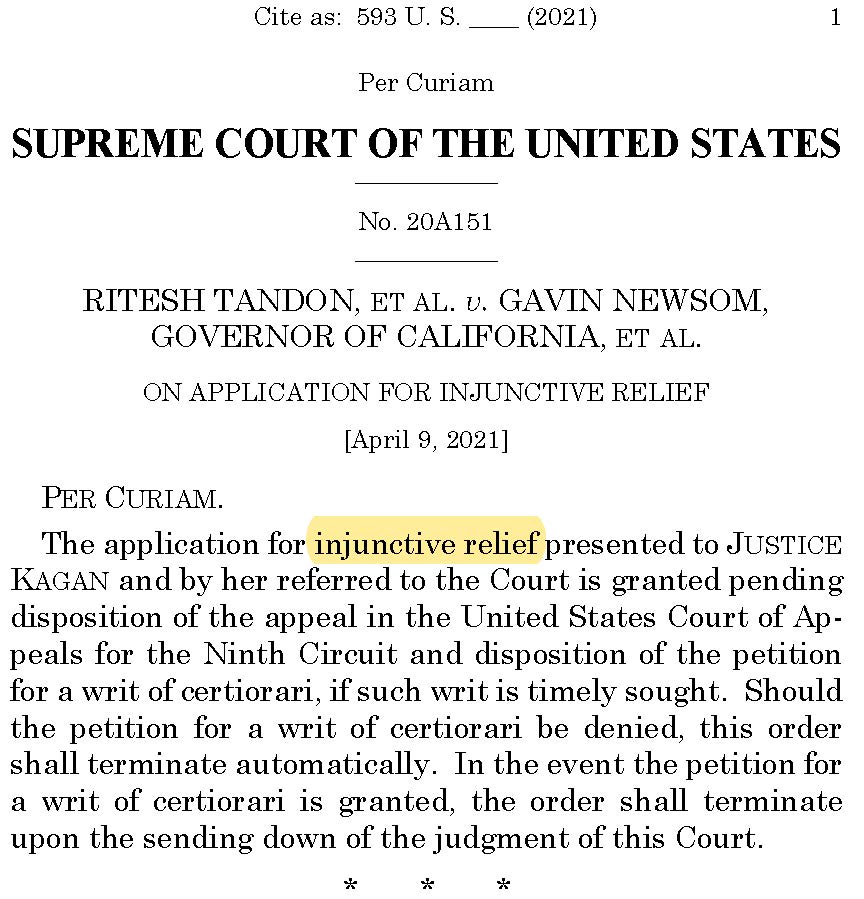
Writing a piece for @MSNBCDaily on @govkristinoem’s bizarre plan to send privately funded SD National Guard troops to the TX border. Short version: It’s probably legal, but (1) it shouldn’t be (we already have a law for interstate Guard sharing); and (2) it’s a (troubling) stunt.
To the first, the Emergency Management Assistance Compact (EMAC)—to which both SD and TX are parties—specifically contemplates circumstances in which a state could use help from other states’ Nat’l Guard units. That this is privately funded seems to make clear that it ain’t EMAC.
To the second, I wrote last summer about a dangerous precedent of having what are effectively red state armies and blue state armies, even when it’s the federal government requesting assistance.
lawfareblog.com/why-were-out-s…
To me, this is a further step down that slippery slope.
lawfareblog.com/why-were-out-s…
To me, this is a further step down that slippery slope.
Here’s the piece I mentioned above:
https://twitter.com/MSNBCDaily/status/1410312967552385027
• • •
Missing some Tweet in this thread? You can try to
force a refresh









